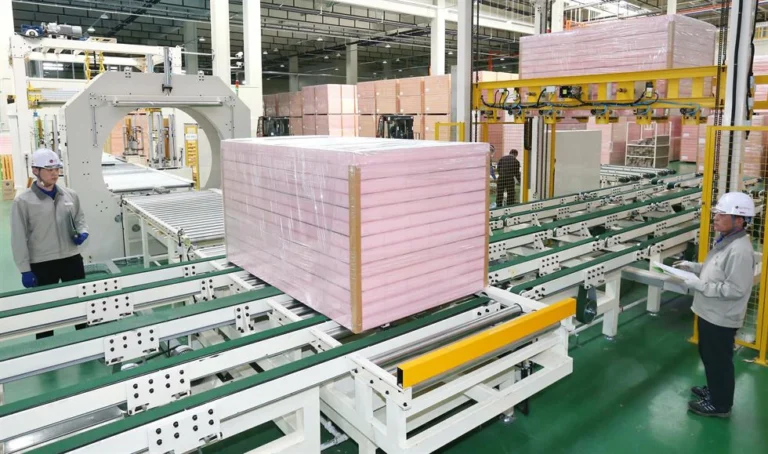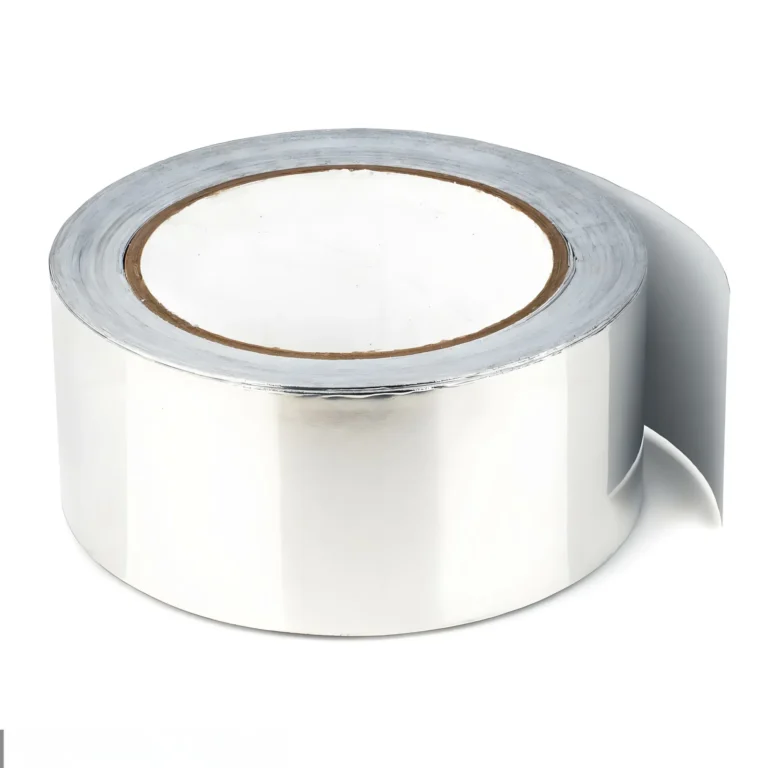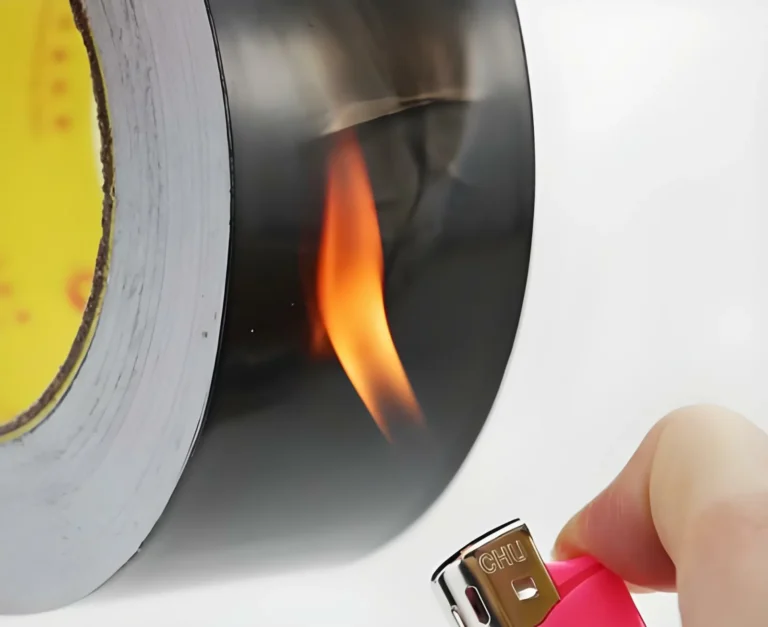What's Radiant Heat?
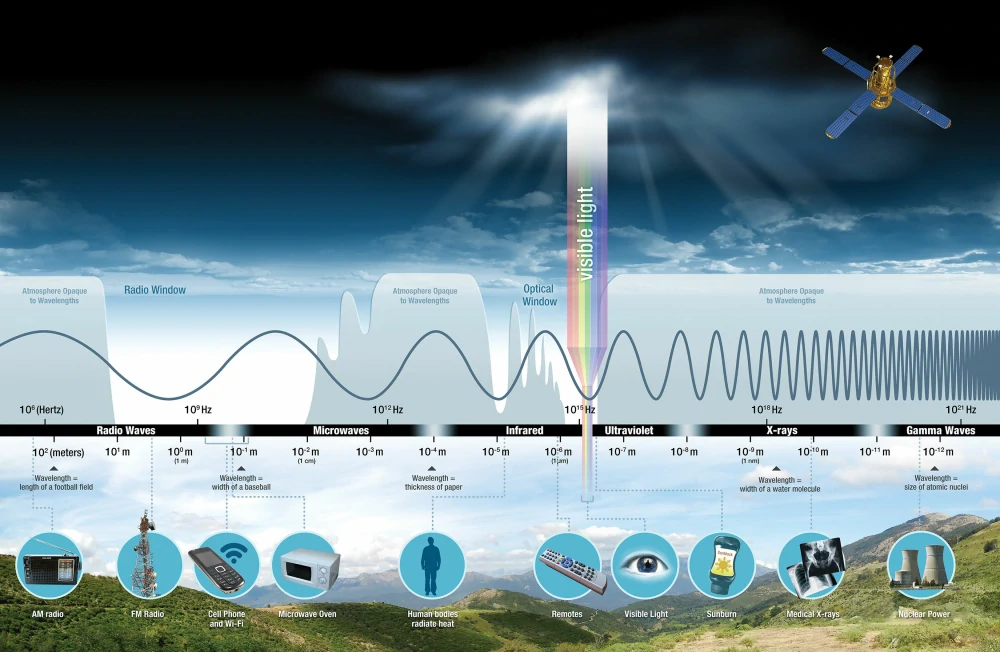
Radiant heat is a direct heat transfer method that transmits thermal energy via infrared waves. Radiant heat conduction enables warmth to transfer from a heat source to other objects without necessitating physical contact or a conductive medium. Contrary to convection or conduction, which require a fluid or solid medium to convey heat, radiant heat can travel through the vacuum of space. This is illustrated by the sun’s ability to warm the Earth despite the vast, cold vacuum separating them.
radiant heat definition
Explain Radiant Heat
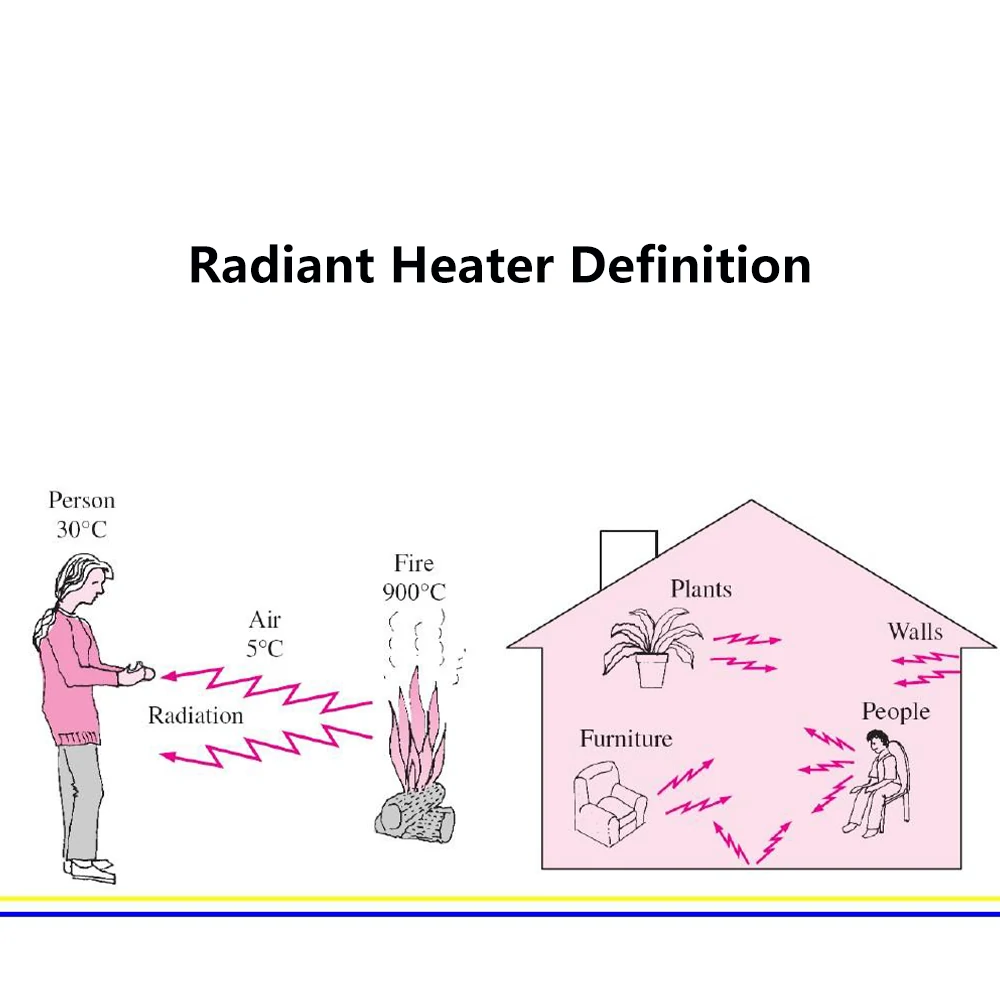
In the refined analysis of thermal radiation, a perspective rooted in Quantum Electrodynamics (QED) and statistical physics significantly enhances our understanding. This approach not only contemplates the quantum statistical models of blackbody radiation but also tailors theoretical models to the spectral characteristics of actual materials.
Quantum Electrodynamics (QED) Perspective:
- Within the QED framework, thermal radiation can be viewed as a thermal equilibrium collection of photons, governed by Bose-Einstein statistics. This represents a specific form of electromagnetic radiation where photons are treated as excitations of the quantum field. Their distribution, characterized by specific temperatures, reflects the profound link between microscopic quantum states and macroscopic radiant heating systems.
Statistical Interpretation of Planck’s Radiation Law:
- Planck’s radiation law, integral to understanding how heat energy is transferred in the form of electromagnetic waves, derives from quantizing the oscillatory modes inside a blackbody. Each mode behaves as a quantum harmonic oscillator, with its energy distribution adhering to a Boltzmann distribution, crucial for calculating the energy spectrum of heat transferred through radiant heating.
Interactions of Thermal Radiation with Matter:
- The interaction of infrared radiation with heated surfaces plays a pivotal role in radiant heating systems. Materials’ optical properties such as reflectivity, transmissivity, and absorptivity, significantly influence their ability to absorb and emit infrared radiation. Understanding these interactions at a quantum level allows for the optimization of energy-efficient systems, including hydronic radiant setups that utilize water-heated surfaces to distribute heat.
Linking Microscopic and Macroscopic Behaviors:
- On a macroscopic scale, laws like the Stefan-Boltzmann and Wien’s displacement provide a framework for relating the temperature of a heat source to its radiative output. This relationship is crucial for designing heating system and cooling systems that efficiently manage the energy balance in buildings.
Experimental Verification and Theoretical Models:
- The role of experimental verification is crucial in refining the models of thermal radiation to enhance the functionality of radiant heating systems. Accurate measurements of emission spectra and material properties under various thermal conditions enable the development of highly energy-efficient heating systems that outperform conventional hot air systems in both performance and comfort.
- The role of experimental verification is crucial in refining the models of thermal radiation to enhance the functionality of radiant heating systems. Accurate measurements of emission spectra and material properties under various thermal conditions enable the development of highly energy-efficient heating systems that outperform conventional hot air systems in both performance and comfort.
How To Calculate Radiant Heat
The Stefan-Boltzmann law explains how objects release energy through thermal radiation based on their temperature. It shows that the power emitted per unit area of a black body is linked to the fourth power of its temperature in the formula:
[ P = \sigma \cdot A \cdot T^4 ]
( P ) is the total power emitted,
( \sigma ) is the Stefan-Boltzmann constant ((5.67 \times 10^{-8} \text{ W/m}^2\text{K}^4)),
( A ) is the body’s surface area in square meters,
( T ) is the body’s absolute temperature in Kelvin.
To calculate thermal radiation rate:
Find the Surface Area (A).
Measure the Temperature (T) in Kelvin (add 273.15 to Celsius).
Use the formula to find the thermal power (P) in watts (W).
Real objects have emissivity (( \epsilon )) affecting their radiation efficiency.
The adjusted formula is:
[ P = \epsilon \cdot \sigma \cdot A \cdot T^4 ]
Here, ( \epsilon ) is the material’s emissivity (1 for perfect black bodies). Knowing emissivity is crucial for accurate thermal radiation rate calculations.
How Does Radiant Heat Work
How Radiant Heat Works

Radiant heat operates on the principle of the transfer of energy through space primarily via the method of electromagnetic waves. This transfer of heat by radiation is a direct process, eliminating the need for intermediary fluids or substances that are typically required in other forms of heat transfer, such as convection or conduction.
The Mechanics of Radiant Heating
Radiant heat travels from a source, which emits infrared waves. These radiant heat rays move at the speed of light, carrying energy that is absorbed by objects in their path. Upon absorption, this energy is then converted into heat, warming the objects directly rather than heating the air around them. This is fundamentally how radiant heating works.
In the context of home heating, this principle is ingeniously applied in systems such as hydronic radiant floors and electric radiant heat. Hydronic radiant floor heating systems circulate hot water from a boiler through a network of PEX tubing laid out beneath the floor. The heat from the water is then radiated upwards into the room, creating a comfortable and even warmth. The technical parameters of such systems often include the temperature of the water, which is typically set between 100°F to 120°F, and the spacing of the PEX tubing, which affects the system’s ability to evenly distribute heat.
Electric systems, on the other hand, employ resistance wire installed beneath the finish floor. As electricity flows through this high-resistance wire, it is converted into heat, effectively turning the entire floor into a radiant heat source. These electric systems are often praised for their simplicity and the quick response time in heating a space. The technical parameters for electric systems may include the wattage of the resistance wire, typically ranging from 10 to 15 watts per square foot, and the voltage at which the system operates, commonly 120V or 240V.
How Does Heat Energy Flow in Radiant Systems?
In both types of radiant systems, the flow of heat energy is governed by the second law of thermodynamics, where energy moves from warmer to cooler areas. In hydronic systems, the heat energy is conveyed by the hot water, which is heated to an optimal temperature—often controlled by a thermostat—before being pumped through the PEX tubing. The technical parameters here would include the flow rate of the water, which is crucial for ensuring efficient heat transfer, and the thermal conductivity of the tubing material.
For electric systems, the flow of heat energy is directly related to the resistance of the wire and the electrical current. As the resistance wire heats up, it transfers heat to the surrounding material, usually a thin set mortar, which then radiates the heat upwards. The efficiency of these systems can be measured by their energy consumption in kilowatt-hours (kWh), and the cost-effectiveness is often compared to forced air systems in terms of heating costs.
Both systems bypass the less efficient method of forced air heating, which involves heating and circulating air throughout a space. Radiant heating minimizes the stratification of heat commonly found in forced air systems and reduces heat loss through ductwork, making it a more energy-efficient choice for many homeowners.
To conclude, radiant heating, whether using hydronic systems or electric systems, provides an efficient solution for producing heat within a home. By delivering heat directly from the source to the objects and individuals within a space, radiant heat offers a comfortable, evenly distributed warmth that can be more cost-effective over time than traditional forced air systems.
Shielding or Utilization of Thermal Radiation
Harnessing the potential of heat radiation can greatly boost energy efficiency in residential and industrial settings. Conversely, effective shielding against unwanted thermal radiation is crucial for maintaining temperature control and ensuring comfort.

Using Heat Radiation
Radiant floor heating systems are a sophisticated method of leveraging radiant heat to distribute warmth uniformly within a space. These systems operate by emitting infrared heat, which is absorbed by the floor surfaces and objects in the room, which then radiate the heat to increase the ambient temperature. The performance of these systems can be quantified, with certain hydronic (liquid-based) setups achieving radiant efficiencies greater than 90%. This indicates that more than 90% of the energy consumed is directly converted into radiant heat.
To maximize the effectiveness of radiant floor heating, several technical aspects must be considered:
Emissivity of Floor Materials: The emissivity factor of flooring materials should be as close to 1 as possible. This high emissivity value denotes an excellent capacity for emitting heat radiation, which is crucial for the system’s overall efficiency.
Installation Techniques: Proper installation is vital to minimize thermal bridging, which can result in energy loss. Thermal bridging occurs when heat is conducted across more conductive materials in the building structure, bypassing the insulation and reducing the system’s efficiency. Careful installation that addresses potential thermal bridges can significantly enhance the heating system’s performance.
Blocking Heat Radiation
When selecting materials to block heat radiation, aluminum foil fiberglass fabric stands out for its effectiveness. The low emissivity value of aluminum, typically between 0.03 and 0.05, means it emits very little heat radiation, reflecting up to 97% of infrared radiation instead.
Aluminum fabric reflective capacity makes it an excellent insulator. The construction of aluminum foil fiberglass fabric requires attention to several technical details that influence its capacity to shield against heat:
1. Aluminum Foil Thickness: The thickness of the aluminum layer is critical. It must be thick enough to provide effective reflectivity but thin enough to maintain flexibility. The typical thickness range is between 7 and 25 microns.
2. Fiberglass Weave Density: The density of the fiberglass weave contributes to the fabric’s durability and resistance to conductive heat transfer.
3. Layering Structure: The overall structure of the layered materials affects the fabric’s insulation properties. A well-designed layering can enhance the fabric’s ability to reflect radiant heat while also providing structural strength.
Reflective materials like aluminum foil fiberglass fabric are widely used in various applications, including:
Building Insulation: They are used to deflect heat away from living spaces, helping to maintain a comfortable indoor climate and improve energy efficiency.
Protective Clothing: For individuals working in high-temperature conditions, clothing made from these materials can protect against intense thermal radiation, ensuring safety and comfort.
Radiant Heat Energy Efficiency: A Technical Overview
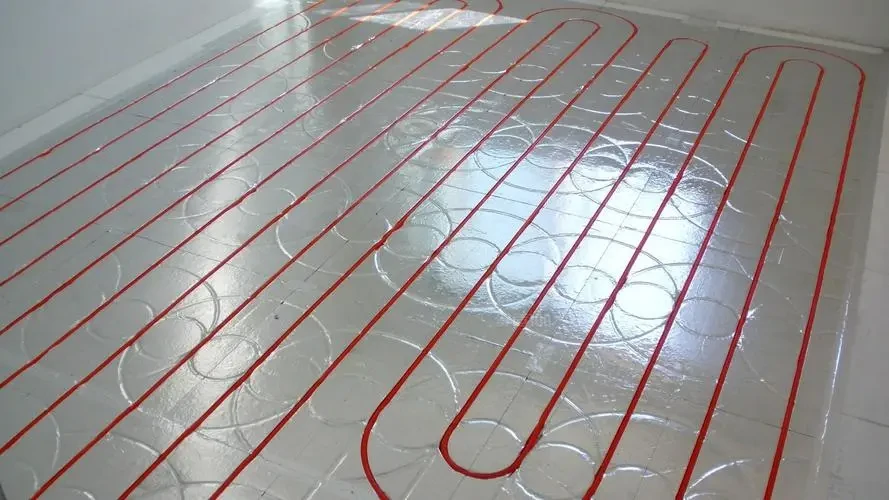
Radiant Systems vs. Forced Air Systems
Radiant heating systems, when compared to traditional forced air heating systems, have a distinct efficiency advantage. The efficiency of a radiant floor heating system can be quantified by its Coefficient of Performance (COP). While a high-efficiency forced air system might have a COP of around 0.95, hydronic radiant floor heating systems can achieve COP values ranging from 1.2 to 1.4, making them 20% to 40% more efficient in optimal conditions.
Hydronic Radiant Floor Heating
With hydronic systems, the energy efficiency largely depends on the temperature of the heated water and the insulation quality. These systems typically operate with supply water temperatures of 100°F to 120°F. The energy needed to raise the water temperature to this level can be calculated using the formula Q = mcΔT, where Q is the heat energy in BTUs, m is the mass of the water in pounds, c is the specific heat capacity of water, and ΔT is the change in temperature.
Electric Radiant Floor Heating
For electric radiant floor heating, efficiency can hinge on the wattage of the resistance wire and the insulation’s R-value. An example of a technical parameter is the power density, which is usually about 12 watts per square foot. The energy consumption in kilowatt-hours (kWh) could be calculated by the formula E = P*t, where E is the energy in kWh, P is the power usage in kilowatts, and t is the time in hours.
Optimizing Efficiency with Aluminum Foil Fabrics
Incorporating aluminum foil fabrics can enhance the system’s reflectivity and insulation properties. The fabric’s effectiveness is determined by its emissivity and reflectivity rates. Typically, aluminum foil has an emissivity of about 0.03, implying it reflects 97% of radiant heat. The use of aluminum foil fabrics in a radiant heating installation can thus reduce heat loss significantly, which can be estimated by the formula Q = εσA*(T₁⁴ – T₂⁴), where ε is the emissivity of the surface, σ is the Stefan-Boltzmann constant, A is the area in square feet, T₁ is the surface temperature, and T₂ is the ambient temperature, both in degrees Kelvin.
Radiant Heat Energy Efficiency: A Technical Overview
Radiant Systems vs. Forced Air Systems
Radiant heating systems, when compared to traditional forced air heating systems, have a distinct efficiency advantage. The efficiency of a radiant floor heating system can be quantified by its Coefficient of Performance (COP). While a high-efficiency forced air system might have a COP of around 0.95, hydronic radiant floor heating systems can achieve COP values ranging from 1.2 to 1.4, making them 20% to 40% more efficient in optimal conditions.
Hydronic Radiant Floor Heating
With hydronic systems, the energy efficiency largely depends on the temperature of the heated water and the insulation quality. These systems typically operate with supply water temperatures of 100°F to 120°F. The energy needed to raise the water temperature to this level can be calculated using the formula Q = mcΔT, where Q is the heat energy in BTUs, m is the mass of the water in pounds, c is the specific heat capacity of water, and ΔT is the change in temperature.
Electric Radiant Floor Heating
For electric radiant floor heating, efficiency can hinge on the wattage of the resistance wire and the insulation’s R-value. An example of a technical parameter is the power density, which is usually about 12 watts per square foot. The energy consumption in kilowatt-hours (kWh) could be calculated by the formula E = P*t, where E is the energy in kWh, P is the power usage in kilowatts, and t is the time in hours.
Optimizing Efficiency with Aluminum Foil Fabrics
Incorporating aluminum fabric can enhance the system’s reflectivity and insulation properties. The fabric’s effectiveness is determined by its emissivity and reflectivity rates. Typically, aluminum foil has an emissivity of about 0.03, implying it reflects 97% of radiant heat. The use of aluminum foil fabrics in a radiant heating installation can thus reduce heat loss significantly, which can be estimated by the formula Q = εσA*(T₁⁴ – T₂⁴), where ε is the emissivity of the surface, σ is the Stefan-Boltzmann constant, A is the area in square feet, T₁ is the surface temperature, and T₂ is the ambient temperature, both in degrees Kelvin.
Understanding Radiant Heat in Homes
Radiant heat in a home is a system that delivers warmth directly from the floor or panels in the walls or ceiling. Unlike traditional heating, which warms the surrounding air, radiant heat targets the objects and people in the room, providing a more efficient and comfortable environment.
There are two main types of radiant floor heat: electric and hydronic. Electric radiant floors use heating coils under the flooring, suitable for heating small areas or retrofitting in an existing home. Hydronic radiant floors circulate hot water from a boiler through tubing laid beneath the floor, ideal for whole-home heating.
Radiant heating is an energy-efficient alternative to forced air heating. It reduces the energy wasted in heating unused space and avoids the uneven distribution of warm air. Electric systems typically consume 12 watts per square foot, while hydronic systems boast high efficiency with boilers often exceeding 90% AFUE.
Heated floors offer consistent warmth and can be more energy efficient due to minimal heat loss, making them a smart choice for home heating. Installing radiant heat can also be a valuable investment, potentially reducing energy bills and improving home comfort.
Harness the power of thermal radiation to unlock a world of energy efficiency and optimal temperature control. With extensive expertise in thermal radiation management across various industries, WT is your trusted partner in revolutionizing insulation practices. Join forces with WT to delve into the realm of thermal radiation management and pave the way for a more sustainable future.
What are the benefits of radiant heat?
Radiant heat offers several benefits, including efficient heating (since it directly heats objects and people in the room), consistent and comfortable warmth, reduced dust circulation compared to forced-air systems, and the ability to maintain a lower thermostat setting because radiant heat warms objects and people directly.
How does radiant heat work?
Radiant heat works by warming objects and surfaces directly, rather than heating the air in a space. When these objects absorb the heat, they then emit it, warming the surrounding environment. This process is similar to how the sun warms the earth.
Can radiant heat be used for cooling as well?
While radiant heat is typically associated with heating, radiant cooling systems also exist. These systems work by absorbing heat from the room and can provide cooling without the need for air conditioning in some cases.
Are there health benefits to radiant heat?
Some people find radiant heat more comfortable and less drying than forced-air systems, which can benefit those with respiratory issues or allergies. However, individual experiences may vary.
Is radiant heat more energy-efficient than other heating methods?
Radiant heat can be more energy-efficient than forced-air systems because it does not lose heat through ductwork and can provide targeted heating. However, the overall efficiency depends on the specific system design, insulation, and how well the system is maintained.
